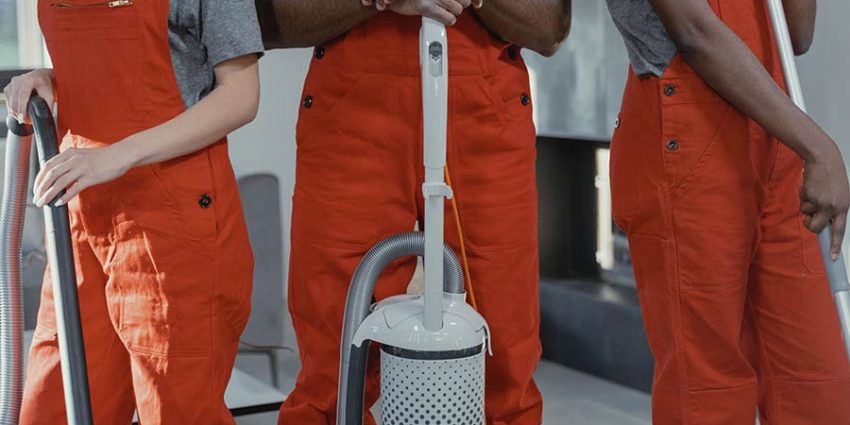As the oft-unnoticed backbone of buildings and businesses, janitors hold a unique vantage point. Beyond just maintaining facilities, their daily rhythms intertwine them with the hidden stories and histories that unfold within halls and offices.
From overhearing gossip to discovering secrets, forging bonds to witnessing betrayals, janitors’ quiet presence grants them access to human dramas that hide behind closed doors. They support life’s pivotal moments, comforting the heartbroken, aiding the injured, and more.
From breakroom chats to after-hours events, janitors play an intimate yet invisible role. And as facilities evolve over time, no one is more attuned to those changes than the janitors who walk the floors daily. They grapple with stains and marks left behind by years of occupants.
Each scuff on the floor hints at untold stories. What can these behind-the-scenes witnesses teach us about the spaces and people they serve? As we step into the shoes of a janitor making their rounds, we’ll uncover the rich narratives that echo from their garbage bins and across their shining floors. Let’s rediscover what the halls of life can tell us.
Behind the Scenes of Human Dramas
Where most recognize janitors simply through the absence of dirt and litter they leave in their wake, light conversations and nods of gratitude by regulars help partially personalize their labor. However, beyond surface pleasantries lies a voyeuristic portal into unguarded worlds. Nervous rehearsals preceding school talent shows. Frustrated tears were shed mid-project in empty offices. The sweeps, the sinks, and the trash bins all host their hushed shares of hopes and failures.
Though the neutrality requirements of their post forbid intervening directly, custodians nonetheless silently empathize as familiar figures pass through triumphs and tribulations. Careful attention notes when academics normally boisterous turn sullen, or when managers typically gregarious snap without apology, signaling turmoil churning beneath their public personas. And custodians celebrate internally when they later regain balance. For them, each space nurtures a community whose shifts in mood pulse against the steadfast walls.
Preserving Institutional Memory
Beyond social landscapes, veteran custodial staff also witness physical evolutions as buildings shape to shifting priorities over decades. Expanded wings announcing enrollment growth. New computers as old ones turn obsolete. Makeshift classrooms converted to laboratories as research initiatives advance. Layers of logos, mascots, and architectural flourishes trace legacies through visual pomp. Even the wood itself wears transformations as floor stains layer varnish atop varnish like tree rings recording eras.
With their prolonged presence outlasting passing occupants, janitors essentially serve as living archives recording cultural progressions through incremental facility upgrades. Alumni visiting Alma maters cross reference memories against current configurations narrated by patient janitors who watched it all unfold one amendment at a time.
“This used to be the smoking lounge back in the sixties,” they’ll explain, transporting guests’ imaginations across generations. The buildings stand as inheritors celebrating the best versions of their institutions’ histories. The janitors double as devoted museum curators putting each new exhibit into a wider context.
The Halls Give Back
Still, even while imbuing facilities through uplift and memory, janitorial roles also test through unrelenting demands charging nightly restorations against impossible quotas. Hours pass thanklessly hunched and hauling to satisfy inspection while rebooting for tomorrow’s trials. Their essential efforts in keeping pipes flowing and lights beaming build foundations for everything enterprises accomplish. Yet compensation continues catching up to value.
However, occasional kind gestures like handwritten cards of support from families during crisis renew focus on the people dwelling behind job titles. And for devoted caretakers who dedicate careers to their buildings, admiration for the character etched in aged edifices and the connections fostered within their walls fuels dedication as they uphold the heartbeat energizing these communal spaces. The halls shelter souls, after all.
Changing Perceptions
Recognizing their influence as stabilizing forces, many educational institutions now elevate top custodians as educators through outreach presenting firsthand maintenance perspectives to classrooms and assemblies.
This helps demystify the oft-overlooked craftsmanship operating infrastructure supporting learning. Students realize the breadth of contributors upholding their communities. Acknowledging joint investment in shared environments seeds empathy blooming beyond the curriculum.
Once considered as outsiders peering in, increasing integration of custodial staff into administrative decision-making processes likewise signals shifting mindsets acknowledging their irreplaceable institutional familiarity. Though subtle and gradual, culture continues to shift perspective.
No Surface Too Small for Meaning
Beyond dirtying their hands and wiping residue from windows to preserve outward clarity, custodial teams clearly uplift interiors by preserving safe, dignified spaces for connections, celebrations, and reflections making endeavors possible.
They bear daily witness to the relationship between infrastructure and achievement. Ultimately as crucial observers, their vantage points peering past public facades suggest that no tile, locker, or sidewalk stands too inconsequential to host human theater. Even restroom graffiti carries currency deserving some remark for the constitutional halls record history as it unfolds across surfaces, the janitor gently reminding, “This too shall pass.”

